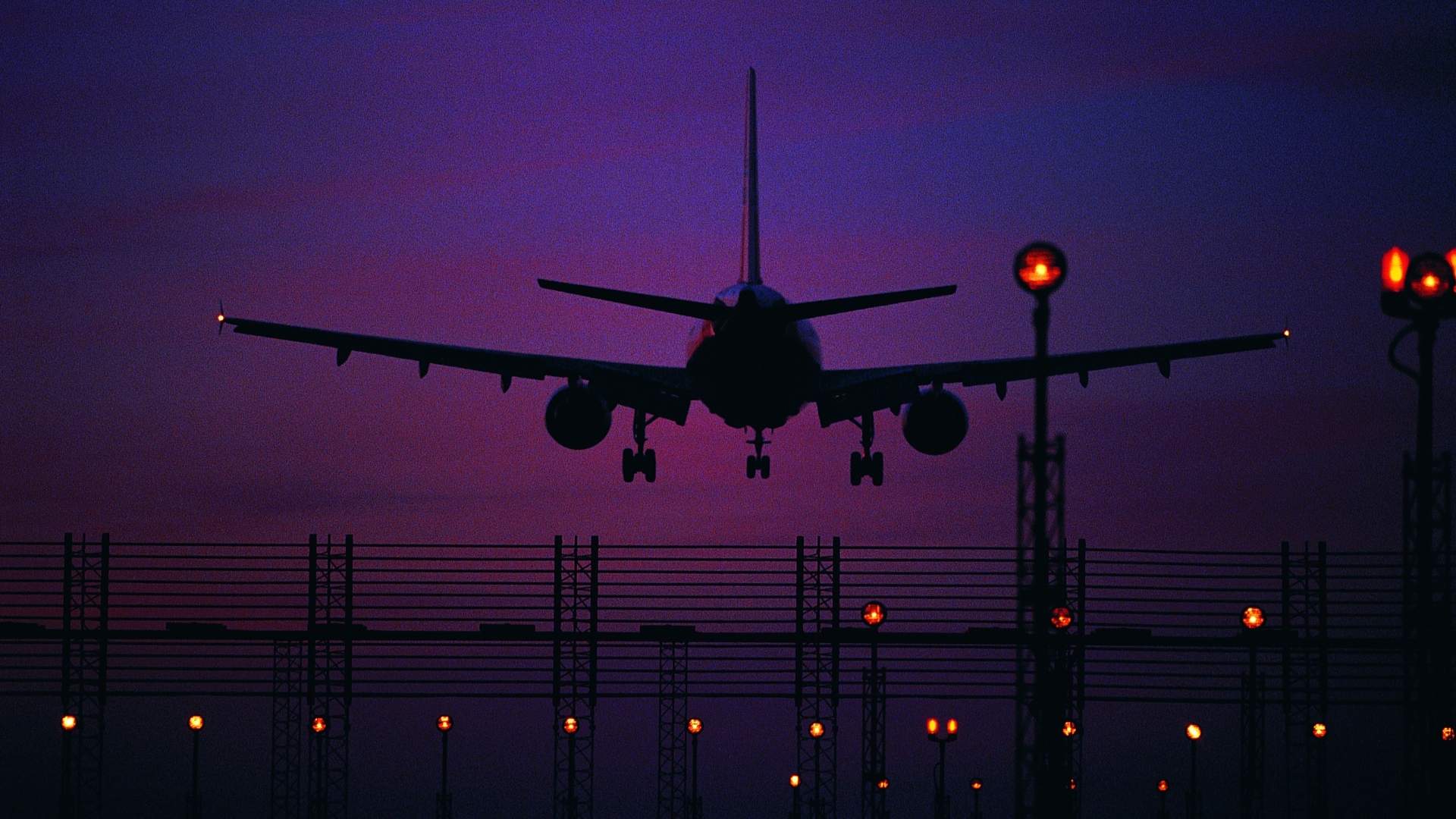
"You're hunched in a plastic chair, clutching your boarding pass, waiting for a flight that doesn't even depart until after midnight. Around you, the terminal looks like a strange in-between worldhalf asleep, half awake. You could've taken the 10 a.m. flight like a normal person. You could've slept in, had breakfast, and breezed through check-in. But you didn't. You took the red-eye."
"Most travelers don't realize this: airlines don't set prices based on distance or fuel cost alonethey set them based on demand patterns. Early-morning and mid-afternoon flights are the golden hours of aviation. That's when business travelers and families prefer to fly. That's when airports are buzzing, and when everyone wants comfort and convenience. Late-night flights, by contrast, sit in the industry's twilight zone. Fewer people want them. Parents don't want to drag kids through security at midnight."
Late-night red-eye flights routinely offer much lower fares because airlines price tickets based on demand rather than distance or fuel costs. Early-morning and mid-afternoon flights attract business travelers and families, creating high-demand pricing windows, while late-night flights face lower demand and deeper discounts. Studies show red-eyes between major cities can be 25–40% cheaper on average, and long-haul routes can yield savings exceeding $300 per ticket. Travelers can trade sleep for significant monetary savings and sometimes an avoided hotel night. Airlines use timing to fill seats, making red-eyes a cost-effective option for budget-conscious travelers, digital nomads, and expats.
Read at www.wanderwithjo.com
Unable to calculate read time
Collection
[
|
...
]